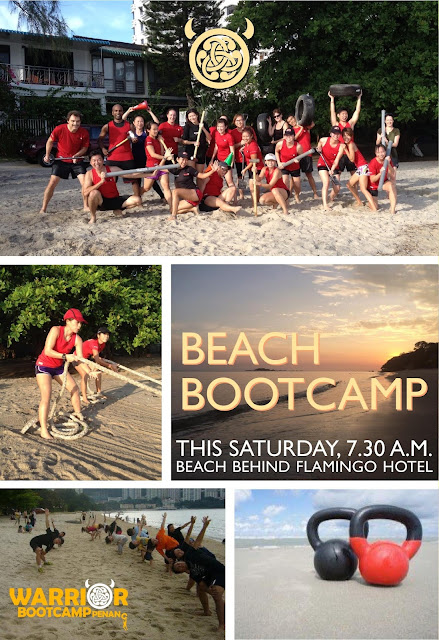Overview
More and more people are turning to supplements as a way to fill in the gaps in their diets. The elderly rely on nutritional supplementation to keep their bones strong and minds sharp. Bodybuilders and weightlifters have turned off the steroids and turned on to natural supplementation to increase muscle and reach training goals. There are nutritional drinks available for children to keep their recommended daily allowances at a positive level.
With so much reliance on supplementation, it’s a good idea to answer a few of the questions that are brought up on a regular basis: Are supplements safe? Are supplements regulated? What do they do?
More and more people are turning to supplements as a way to fill in the gaps in their diets. The elderly rely on nutritional supplementation to keep their bones strong and minds sharp. Bodybuilders and weightlifters have turned off the steroids and turned on to natural supplementation to increase muscle and reach training goals. There are nutritional drinks available for children to keep their recommended daily allowances at a positive level.
With so much reliance on supplementation, it’s a good idea to answer a few of the questions that are brought up on a regular basis: Are supplements safe? Are supplements regulated? What do they do?
Supplement Safety
The safety of supplements has long been in question since the FDA (Food and Drug Administration) does not actively regulate supplements. In fact, there is little interference by the FDA unless gross negligence is found to be present — and even then what items are pulled is arbitrary.
The USDA also has no say when it comes to supplements. When it comes to choosing a supplement, it is best to choose a name brand and a company that has been around for a while and deals with nothing but supplements. These companies are built on their reputation and integrity — if they lose either, they lose their company altogether. This may not seem like the greatest way to choose, but it is better than finding out your supplement is made by a company that also makes tires.
Supplement Regulation
Supplements are not required to meet the same safety and effectiveness guidelines as drugs because they are considered a “food.” FDA approval is not required in order for a dietary supplement to be sold, but there are some governing groups that do sift through the imposters and put their stamp of approval on proven supplements.
The United States Pharmacopeia (USP), NSF International and United National Products Alliance are groups that can help distinguish the good from the bad. You’ll find at least one of these seals of approval on supplements that are legitimate and pure.
A lot of supplements sold cheaply worldwide are often found to have completely worthless substances in them and usually not a speck of the supplement you are purchasing. The next step is to do some research. There’s a lot of information at your disposal online, and it’s worth your time to discover what is legitimate and what isn’t. A third option is to check with the Better Business Bureau and look at other sites to check for complaints about the company or manufacturer.
Ingredients, Side Effects and Allergies
Reading the label will sometimes give you a very good idea of what you are getting. It only takes a minute, but it can be the difference between buying a pure product and bogus one.
Not all supplements will list their ingredients — that’s a red flag. Ingredients are listed in the order of most to least. If you buy a protein powder and whey is number seven or eight (or last) on the list, you are getting powdered filler with a dash of whey protein. That’s not worth your time or money and will do nothing for your health.
In early 2015 in a crackdown on misleading labels, GNC agreed to strict testing regulations after New York’s attorney general alleged that 80 percent of herbal products sold by GNC, Target, Walgreens and Walmart didn’t actually contain any of the herbs listed on the product labels.
Be diligent and don’t be swayed by “deals,” because you may end up with something that will do absolutely nothing for you. You will also need to check the label for possible side effects and/or allergic reactions. If a supplement has a filler with a milk base, a person who is lactose intolerant may react to it. If you’re on prescription medications, checking with your physician is important to rule out any possible drug interactions.
What About Muscle-Building Supplements?
Weightlifting is an important part of so many people’s lives — it’s no longer just the 20-something men trying to build up their bodies. Women, teens and the over-50 crowd have all begun to seek the benefits of weightlifting. You don’t have to supplement to lift weights, but muscle mass, form, strength, agility and recovery will be greatly enhanced by using an all-natural supplement.
Pure whey protein or 100 percent creatine and amino acids are all excellent supplements that have science, years of testing and results to back them; the improvements made with these supplements is undeniable. So if weightlifting is part of your fitness routine, taking a supplement is more helpful than not taking one at all.
Considering all these issues may seem overwhelming, but it doesn’t have to be. Bottom line: Do your research and talk to your health care providers and you’ll be able to reap the many benefits of supplements.
source: http://www.livestrong.com/article/1011440-scoop-supplement-safety-regulations/






